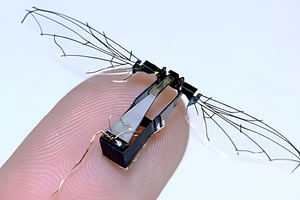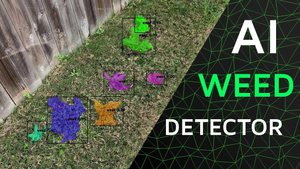The intersection of robotics and agriculture is witnessing an innovative leap forward with the advent of RoboBees, miniature flying robots developed by researchers at Harvard University. These tiny, insect-inspired microrobots are envisioned to take on roles that could significantly affect agriculture, such as autonomous pollination of crops. With concerns over declining bee populations posing a threat to global food security, the potential application of RoboBees in crop production offers a high-tech solution to a pressing issue.
Beyond pollination, RoboBees have capabilities that extend to precision agriculture—monitoring environmental conditions, performing surveillance, and engaging in search and rescue tasks. Their ability to fly, hover, and now even swim, according to the latest research, positions them as versatile tools for a wide range of applications.
if you want to see it swimming!
The development of these robots is breaking down into modular approaches, focusing on the creation of 'smart sensors' and advanced flight mechanisms that mimic natural bees.
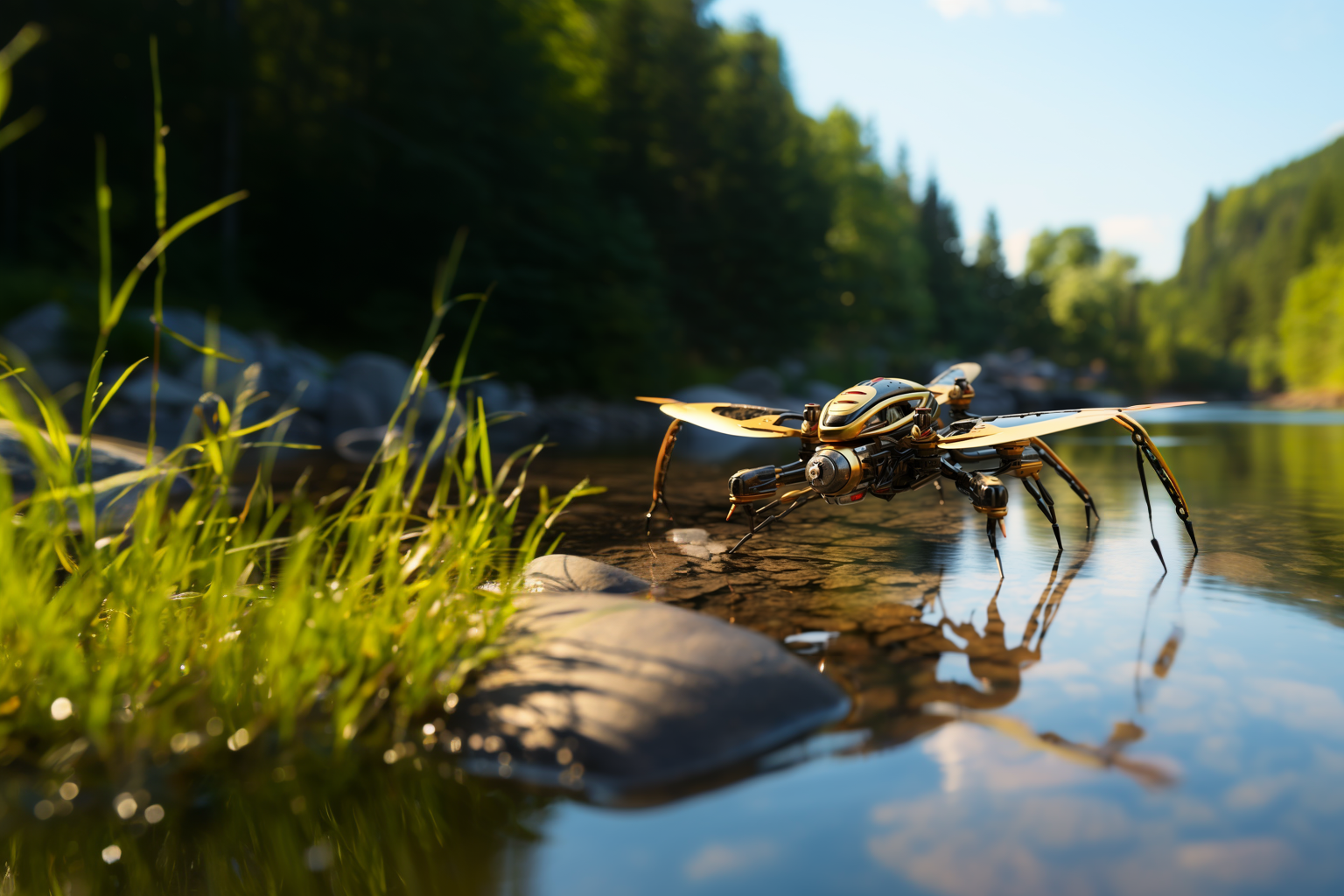
Despite their promising applications, RoboBees also provoke discussions about the ethical and ecological implications of introducing robotic insects into the environment. As technology progresses, it is essential to consider the balance between technological advancement and the preservation of natural ecosystems. Researchers are therefore not only focused on the engineering feats but are also attentive to the long-term impacts RoboBees may have on agriculture and the environment.
The Genesis of RoboBees
The inception of the RoboBees project at Harvard University represents a groundbreaking stride in the field of miniature robotics. This endeavor has implications for agriculture, environmental monitoring, and search and rescue operations.
Interdisciplinary Research at Harvard University
At the core of the RoboBees project is a comprehensive interdisciplinary collaboration involving experts from multiple fields. Researchers from the Harvard John A. Paulson School of Engineering and Applied Sciences (SEAS), alongside the Wyss Institute for Biologically Inspired Engineering, have combined their knowledge in biology, computer science, and engineering to pioneer this innovative technology. Their efforts are focused on replicating the collective behavior and flight capabilities seen in bees, pushing the boundaries of miniature robotics and achieving autonomous flight in these micro-aerial devices.
Influence of Charles River Professor Robert Wood
Charles River Professor Robert Wood's influence on the RoboBees project cannot be overstated. His leadership at the Harvard Microrobotics Lab has been pivotal in driving the project's vision and execution. Wood's expertise in robotics and engineering has led to significant advancements in design and innovation within the lab. His work emphasizes the importance of intricate manufacturing techniques and materials, setting new standards for the construction of autonomous micro-robots.
Design and Engineering Breakthroughs
The RoboBees project has achieved significant advancements in the realms of design and engineering, showcasing a blend of biological mimicry and innovative technological solutions critical for the functionality of these tiny robots.
Mimicking the Biology of a Bee
Engineers have meticulously designed the RoboBee to emulate the complex mechanisms of a bee's flight. By studying the submillimeter-scale anatomy of these insects, they achieved a biomimetic design, incorporating features like wafer-thin wings that flap at a remarkable rate.
Innovations in Micro-Robotics
The integration of sensors and controls tailored to the tiny robot has propelled RoboBees to the forefront of microrobotics. These innovations enable coordinated behavior and autonomous flight, which is particularly challenging given the size and complexity of the required electronics.
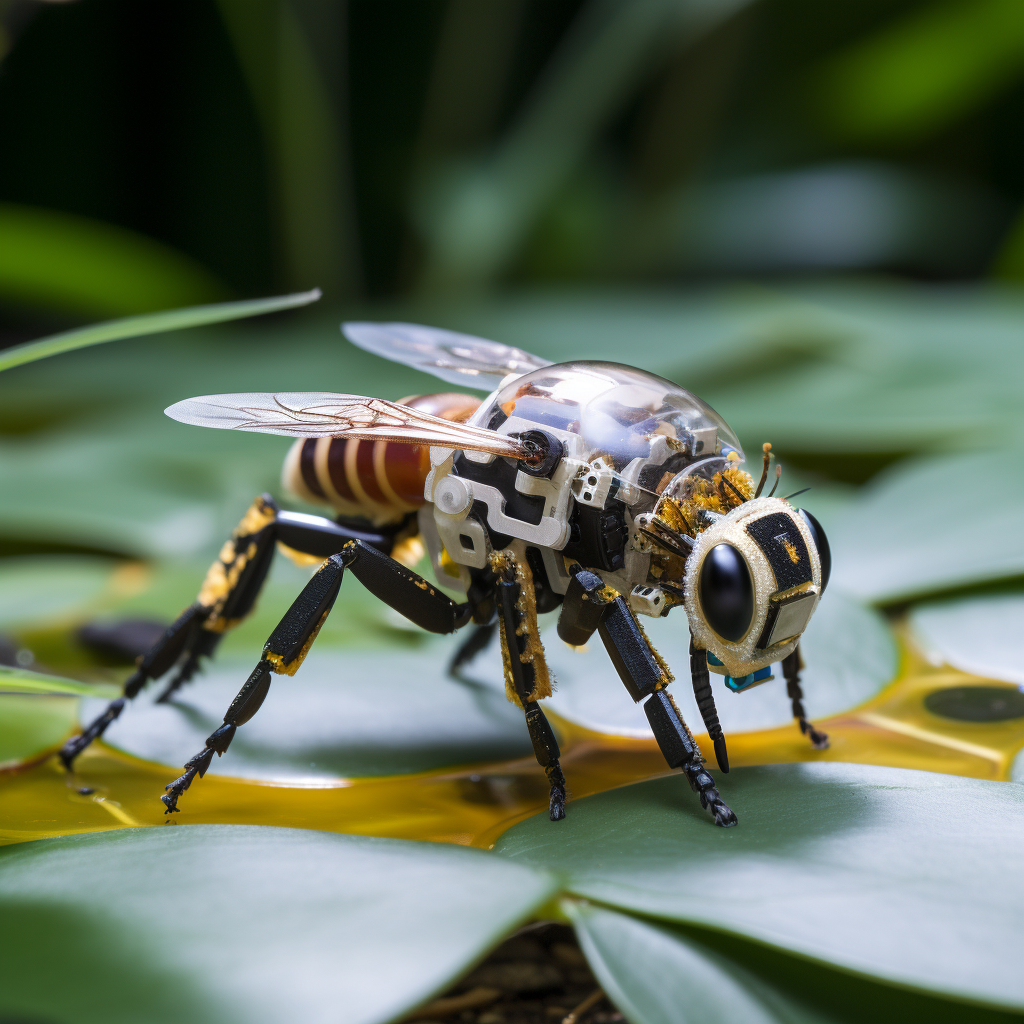
Advances in Materials and Manufacturing
In creating RoboBees, there has been a substantial evolution in the selection and application of materials, as well as the manufacturing processes. Lightweight yet durable materials coupled with techniques like origami-inspired folding have led to more efficient and robust robots.
Piezoelectric Actuators and Artificial Muscles
At the heart of RoboBee's movement are the piezoelectric actuators that function as artificial muscles, driving its wings with precision and agility. These actuators convert electrical signals into mechanical movement, vital for achieving the delicate balance necessary for flight at such a small scale.
Piezo What?
A piezoelectric actuator is a device that converts electrical energy into mechanical energy. Unlike traditional actuators that use hydraulics or motors, a piezoelectric actuator uses a special material called a piezoelectric material that can change its shape when an electric field is applied to it.
Imagine a tiny piece of piezoelectric material sandwiched between two electrodes. When an electric current is applied to the electrodes, the material will bend or stretch slightly. By carefully controlling the amount of current applied, the piezoelectric material can be used to create precise movements.
Piezoelectric actuators have a number of advantages over traditional actuators, including:
- Small size and weight: Piezoelectric actuators are incredibly small and lightweight, making them ideal for applications where space is limited. They are also very quiet, making them suitable for use in sensitive environments.
- High precision: Piezoelectric actuators can be controlled with very high precision, making them ideal for applications where precise movements are required. For example, they are used in microscopes and surgical instruments.
- High force output: For their size, piezoelectric actuators can generate a very high force output. This makes them ideal for applications where high power is required, such as in vibration damping and haptic feedback devices.
RoboBees and Their Potential Roles
The advent of RoboBees represents a significant leap in technology with far-reaching implications for agriculture, environmental stewardship, and emergency response efforts due to their autonomous and collaborative operation capabilities.
Applications in Agriculture
RoboBees offer a promising solution to the decline of natural bee populations, which are essential for crop pollination. These robots are tiny, agile, and can be used for the pollination of a wide range of crops. By replicating the pollination process that bees naturally fulfill, RoboBees could enhance food security and contribute to sustainable agriculture practices.
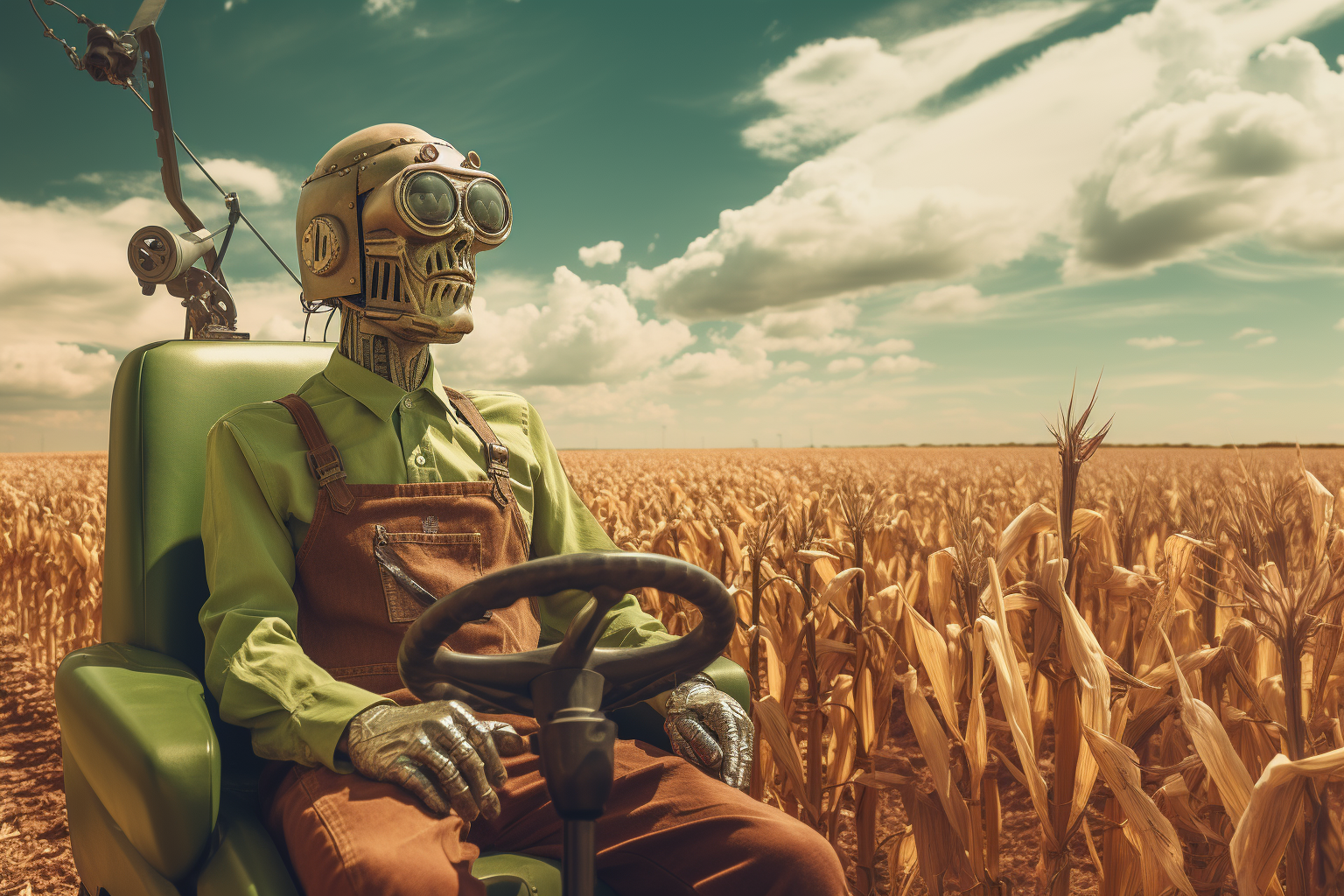
Environmental Monitoring
RoboBees are equipped with the ability to fly and collect data, which can be instrumental for distributed environmental monitoring. Harvard researchers are exploring how RoboBees can be deployed to monitor climate conditions, agricultural land health, and the presence of pollutants. Their small size allows them to access areas that are challenging for larger devices and human personnel.
Search and Rescue Operations
In search-and-rescue operations and disaster relief efforts, RoboBees have the potential to play a crucial role. Their ability to maneuver through tight spaces and remain airborne for extended periods makes them valuable for locating individuals in collapsed structures or during natural disasters. They could provide real-time data to rescue teams, enhancing the efficiency and safety of operations.
Operational Challenges and Solutions
The ingenuity behind Harvard's RoboBees stems from their ability to mimic the complex flight mechanisms of a fly. To ensure their practical deployment, particularly in agriculture, developers have addressed numerous operational challenges with innovative solutions.
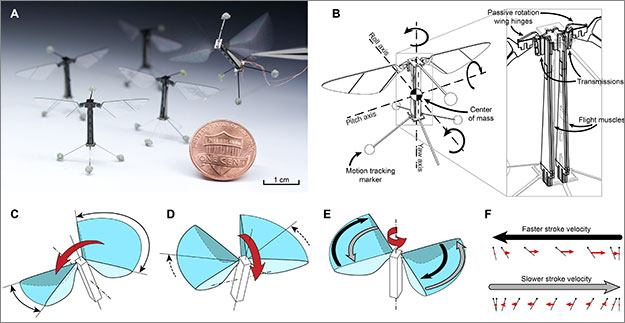
Achieving Sustained and Controlled Flight
RoboBees must overcome significant aerodynamic hurdles to achieve sustained and controlled flight. By emulating the rapid wing flapping of a fly — approximately 120 times per second — the robots attain the crucial lift and maneuverability. Progress in untethered flight has evolved from early models requiring a tether for power, now moving towards full autonomy. Controlled flight, encompassing precision hovering and steering abilities, is enabled by intricate propulsion and guidance systems. Micro-robots, such as RoboBees, must maintain balance, which demands acute power management to facilitate these energy-intensive tasks.
Power Supply Innovations
A critical challenge for micro-robots is managing the power requirements for various operations without compromising their size. Initially, RoboBees were powered through a tethered connection, but recent advancements contribute to the feasibility of untethered flight using compact batteries. The vision for future models includes solar-powered systems, aiming to harness clean energy to prolong operational times. Integrating these miniaturized power supply innovations is key to advancing the endurance and functionality of RoboBees, allowing for extensive applications in the field without the need for frequent recharging or direct external power sources.
Ethical and Societal Implications
As robotic technologies like Harvard's RoboBees advance, they bring with them a range of ethical and societal implications that merit close examination. The intersection of robotics with natural ecosystems and personal privacy raises important questions.
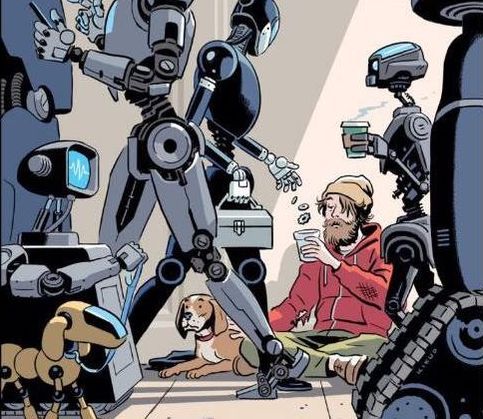
Privacy Concerns and Surveillance
The integration of sensors and communications technology within RoboBees means they could potentially be used for surveillance purposes. While the primary design for these robotic insects is to aid in agriculture by supplementing the pollination process traditionally done by honeybees, their capabilities could extend beyond bee pollination. They are equipped to navigate environments autonomously, which could lead to concerns about how these devices might be utilized for monitoring individuals or private properties, intentionally or inadvertently recording sensitive information.
The Role of RoboBees in Ecosystem Balance
Robotic bees, or RoboBees, represent a scientific response to ecological challenges like colony collapse disorder, which threatens the global population of honeybees. These robotic counterparts could help maintain crop health by ensuring consistent pollination. The use of robotic bees in agriculture could be crucial, especially considering that natural honeybees currently face numerous threats that impact their ability to sustain agriculture and natural plant life. However, the introduction of these insect-inspired robots into the environment raises questions about the long-term impact they might have on ecological balance. There is a need for careful consideration to ensure that these artificial pollinators do not disrupt the existing wildlife, including the biology of a fly and other native pollinators that are integral to ecosystem health.
That's all I know so far. [Pink is right] - Your next salad could be in the winds of a Bee, a robobeeeeee. I know... I need robo-help!


